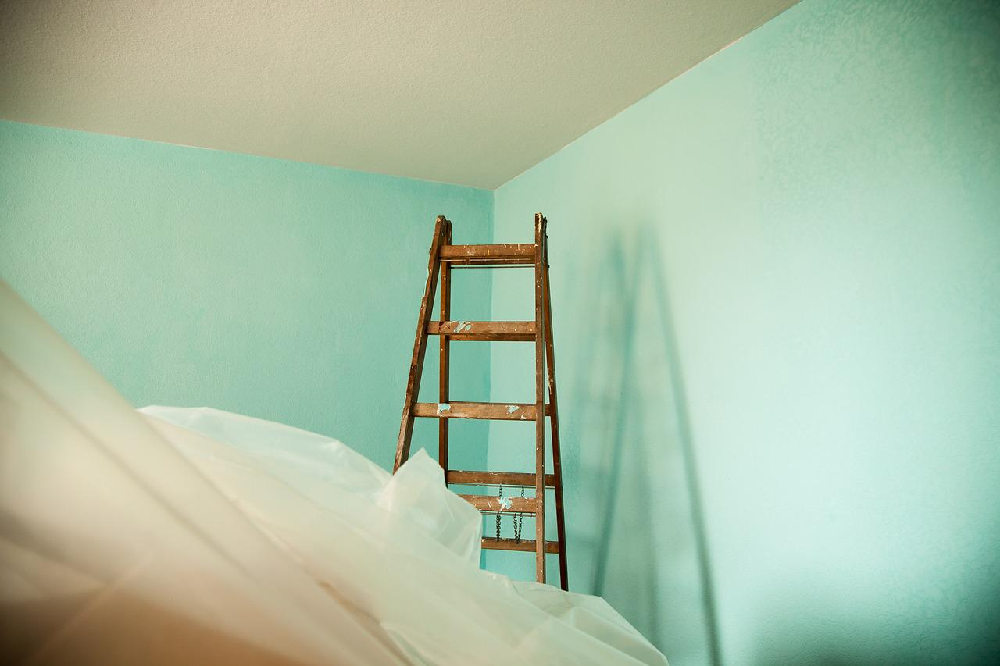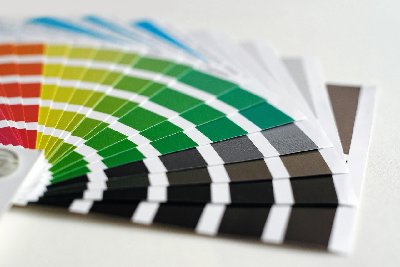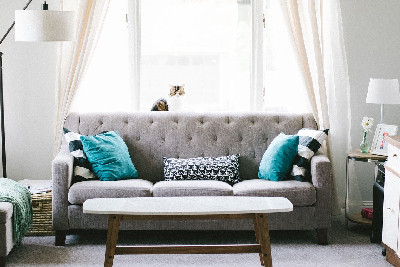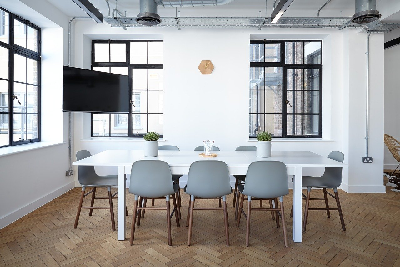How to prepare your house for a general painting overhaul?
Regardless of if you are reaching out for the support of the professional team or getting things done by yourself, preparing the space for the painting is essential for the quality of the final effect. We have prepared some tips to make it easier for you!
Restoration is a great adventure, but often the final effect does not meet high expectations - and usually, the reason is the lack of preparation. It is essential to protect the space, but also conduct some preparation works that facilitate the adhesion of the materials and make the surfaces look as they should look.
When hiring a painter and decorator in London, you can count on preparation coming as a part of the service. In the case you do things on your own, you are the only one who can take care of it, so, these tips might turn out game-changing! Having this knowledge, you can also evaluate your team's work which is also helpful. Where do we start? There are many things worth knowing, but here are the essentials every painting newcomer should remember.
#1 Evaluate the state of the walls
You want to do things quickly - that is understandable - but jumping to the painting phase right away is the worst idea you can have. If you paint the unprepared wall, the fresh layer may get flaky and swollen after a while. When the wall is in a poor state, we recommend evaluating it first and identifying the issues. It may require some professional knowledge, and that's why painting specialists are an invaluable help.
The fundamental preparation usually requires taking off a few layers of paint (depending on how many there are), filling cracks and holes, and covering the walls with cement and a primer. Do not forget about washing the wall and sanding. After all these steps, you are ready to paint.
#2 Protect the floor
Some materials, like wood or cork, may absorb the paint in a way that will be impossible to remove later without damaging the structure of the floor. Tiles are obviously more resistant, but still, removing the dry paint from their surface will most likely require using strong solvents. The best way to protect the floor is to spread the foil over it - in one piece if possible so that the cover does not move. You can stick it to the corners of the room with the tape.

#3 Use the dehumidifier
If you live in an apartment or a house prone to dampness, we would strongly recommend using a dehumidifier a few days before the painting works begin. When the air is humid, the paint dries up way slower than in regular conditions. Because of that, you will have to do long breaks between the painting sessions. If you want to get things done fast, this little trick may help! Also, try to choose a dry time with a moderate temperature so that you can open the windows and let the air flow. If it is relatively warm and not rainy outside, the walls will dry much faster!
#4 Get rid of the mold
A fresh layer of paint will not solve the mould issue but just cover it. If you want to prevent it from reappearing, you need to remove the core of the issue. To fight the spores that have penetrated the wall structure, you should use a chemical anti-mould product. Unfortunately, natural remedies will not help much in this case. And it is essential to get rid of mould since exposure to it can cause major health issues. After the treatment, you can use a special anti-mould paint that will prevent it from penetrating the walls again.
#5 Document the state of the house
If you are hiring a professional team of painters and decorators, we recommend creating a thorough documentation. Even if the company is reliable and has many references, things can happen. If you do not have a proof of how things looked before, you may not be able to prove whose fault the mistake is. So, make sure to take photos of every room that will require restoration. Choose a time of the day when there is enough sunlight, and do not forget about the close-ups to capture the details.
If you follow these tips, you do not have to worry that the things will go wrong!






